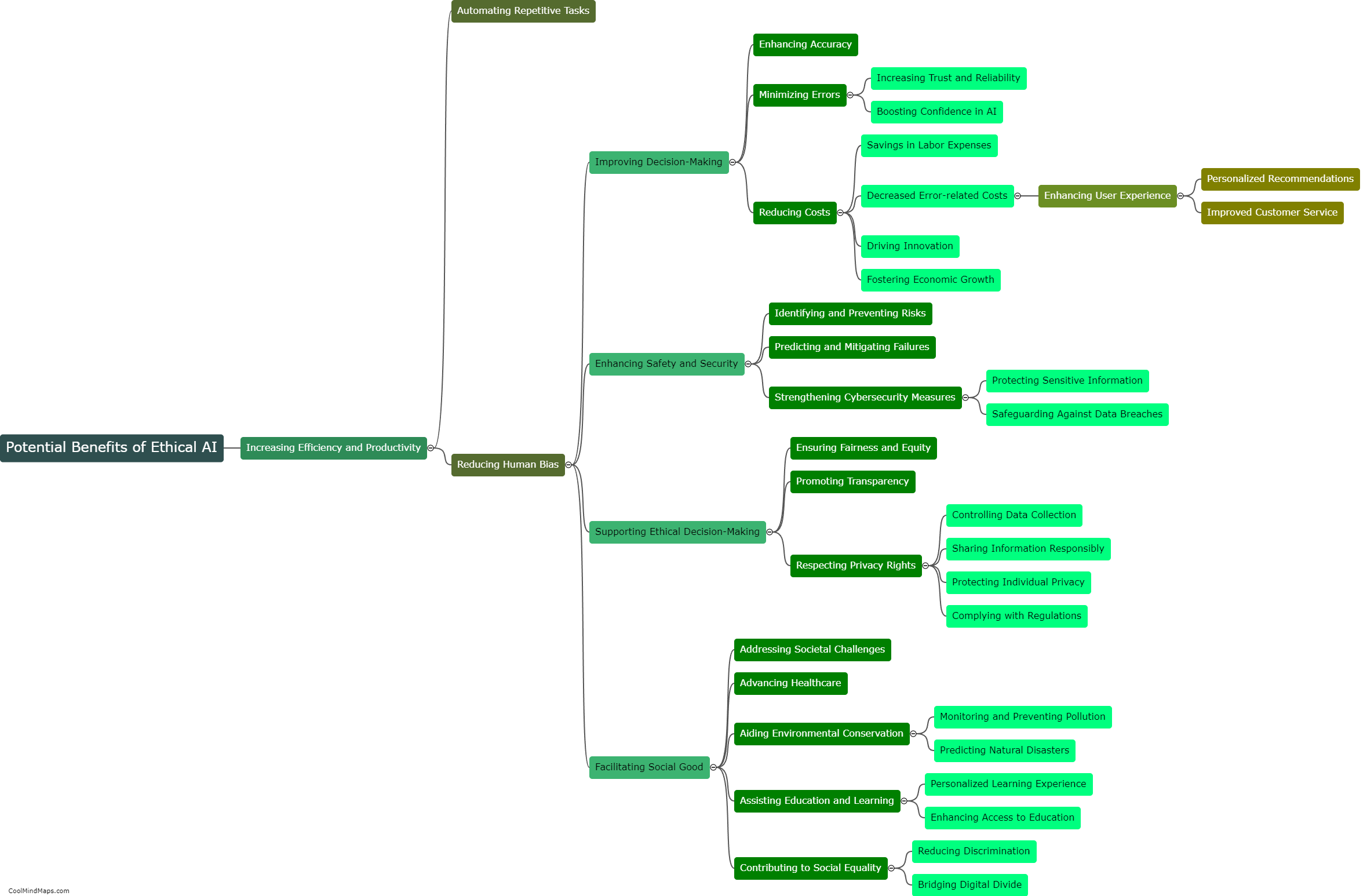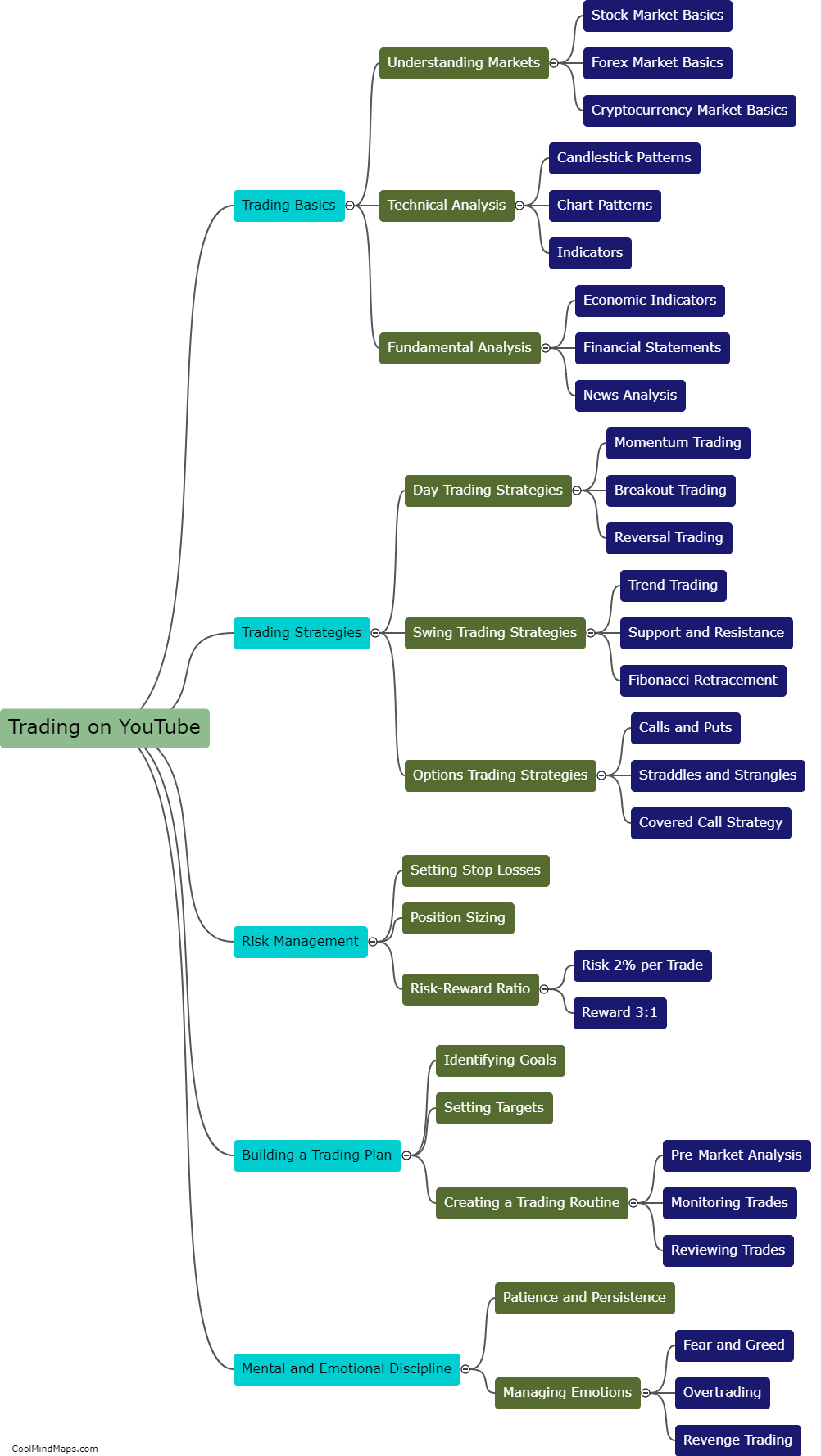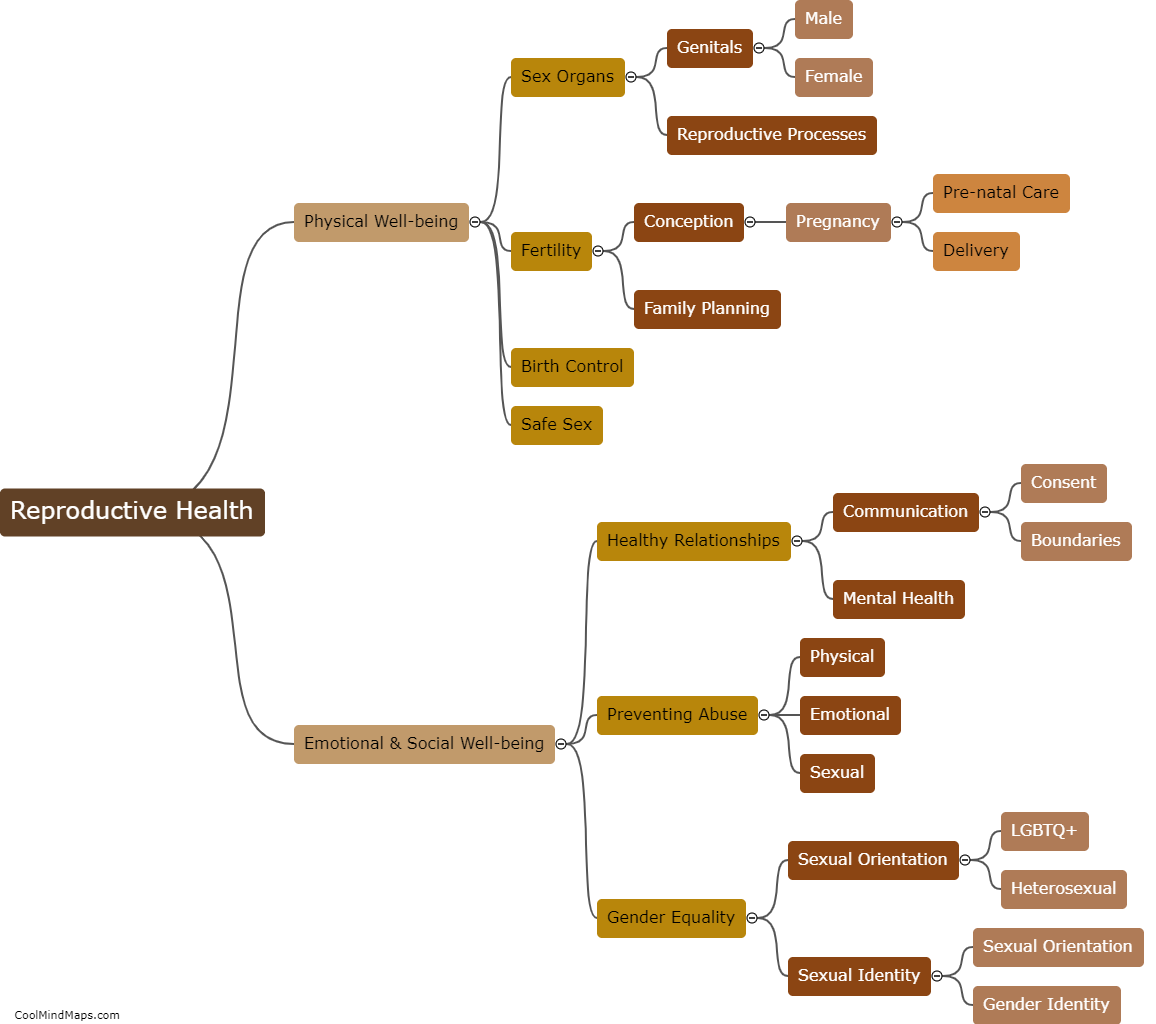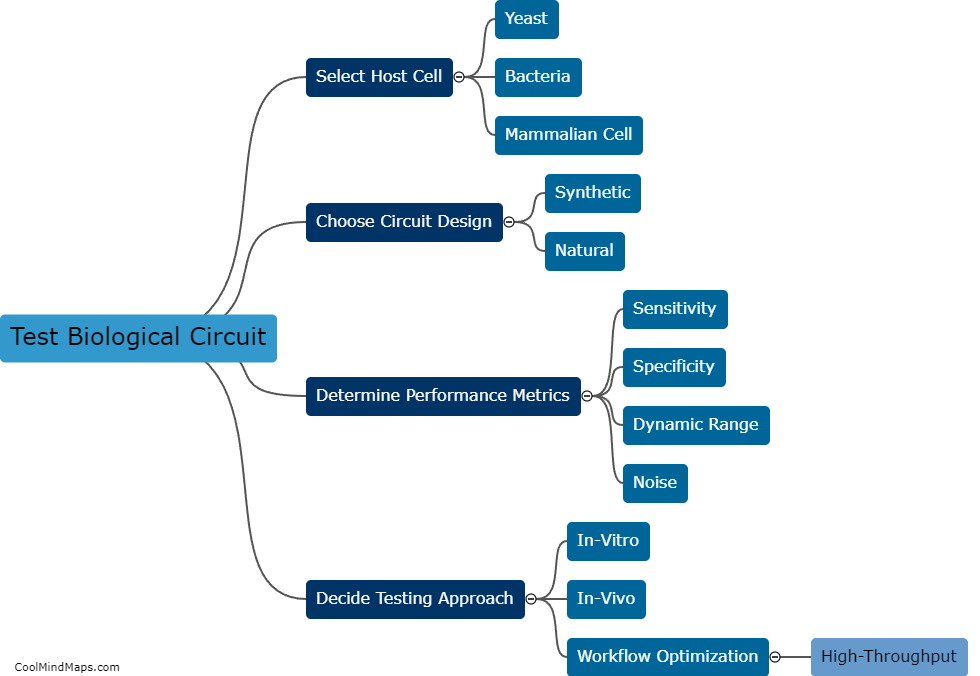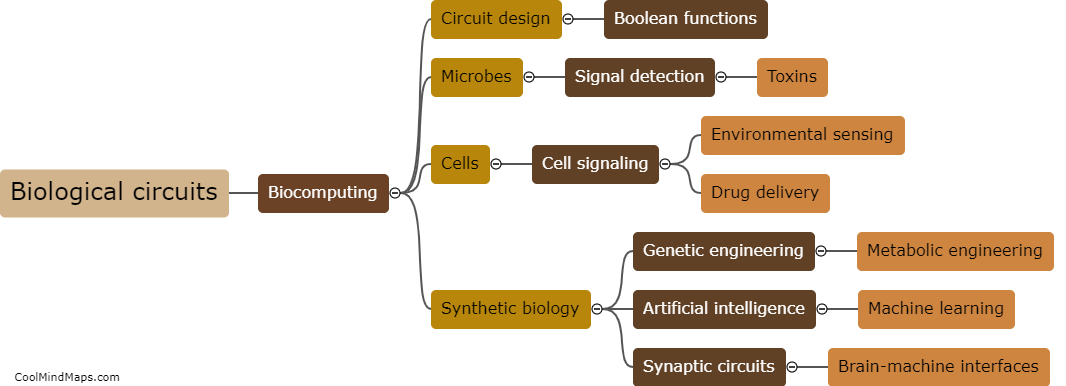How to design a biological circuit?
Designing a biological circuit involves several steps that stem from identifying the desired function of the circuit to testing the engineered system. The first step is to understand the underlying biological processes to select the right genetic elements required to build the desired circuit. Identifying the target host cell and its physiology can narrow down the choices of genetic materials. Once the selection of genetic elements is complete, modeling the circuit can provide insight into predicting the behavior of the circuit. After validating the circuit in a lab, it can be optimized using different approaches like changing genetic element composition, altering culture environment, or using feedback control loops. Finally, the circuit can be assembled into a delivery system for in vivo experimentation. The design of biological circuits is a challenging task that requires a deep understanding of molecular biology and other fields like control theory, computation, and system engineering to optimize the process.
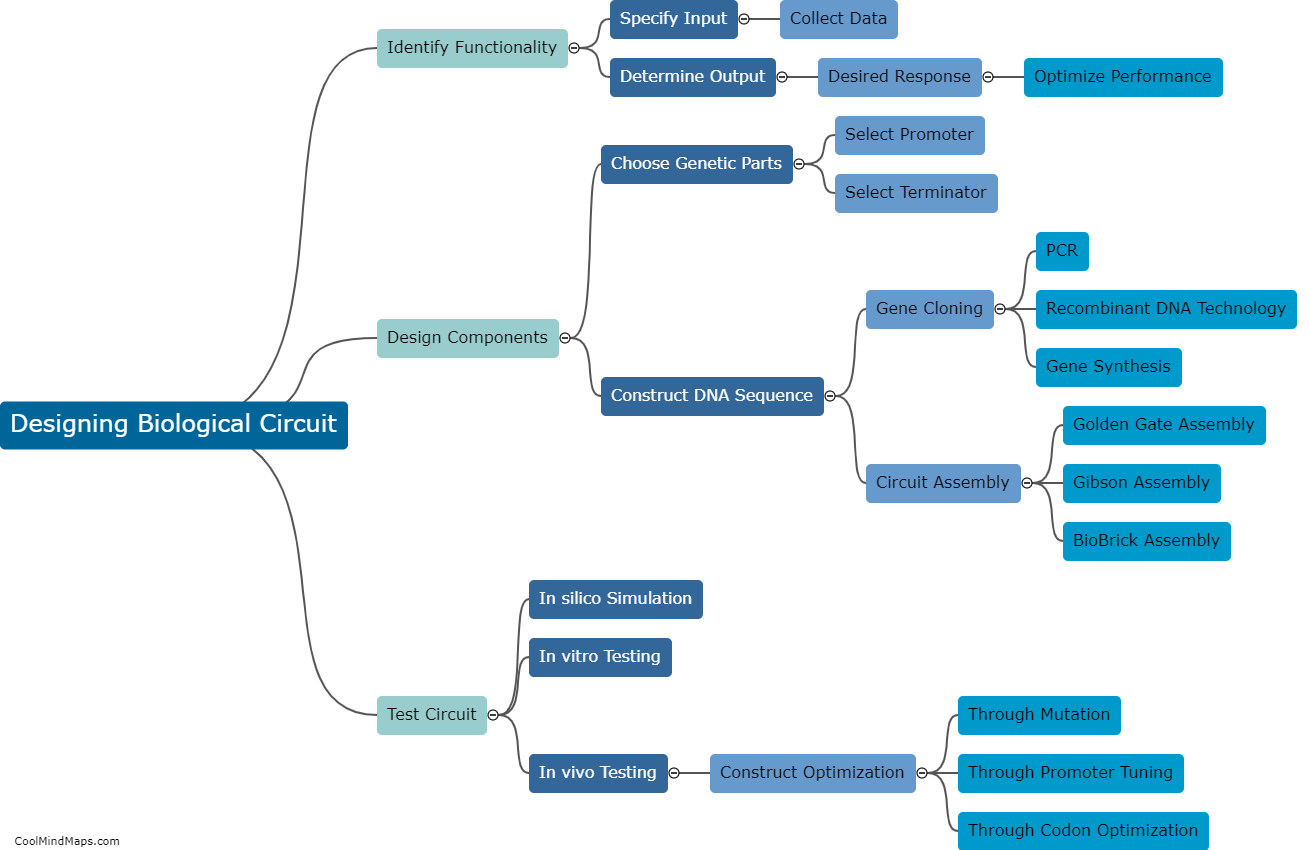
This mind map was published on 23 June 2023 and has been viewed 164 times.
